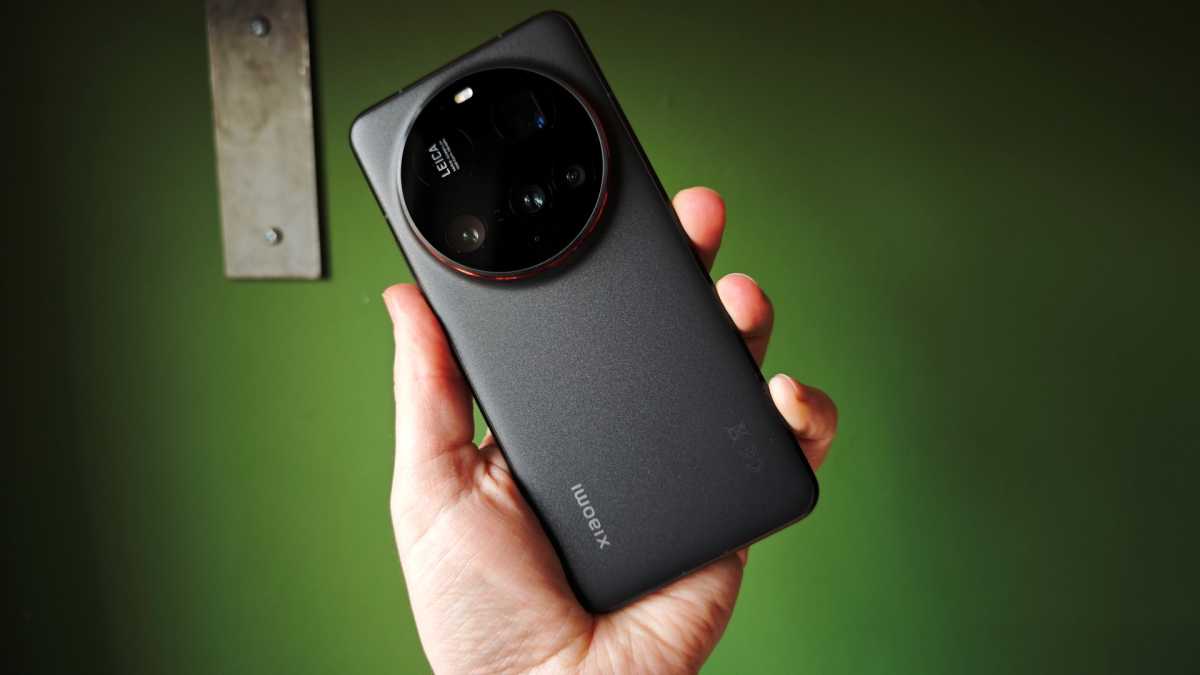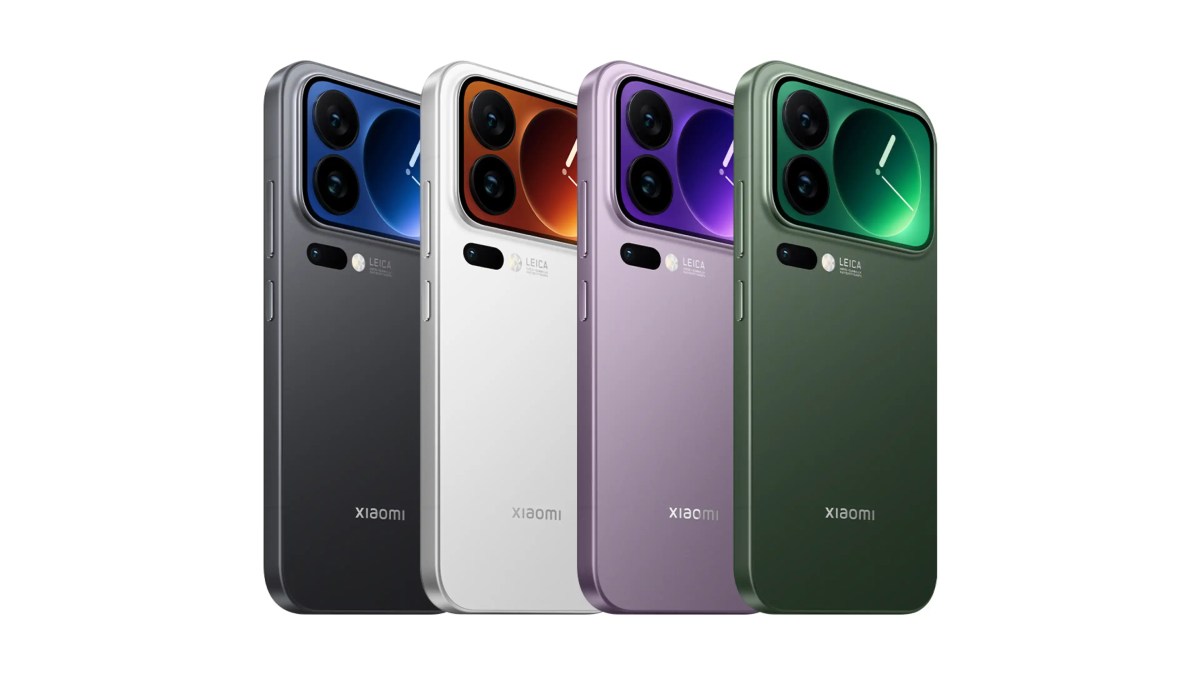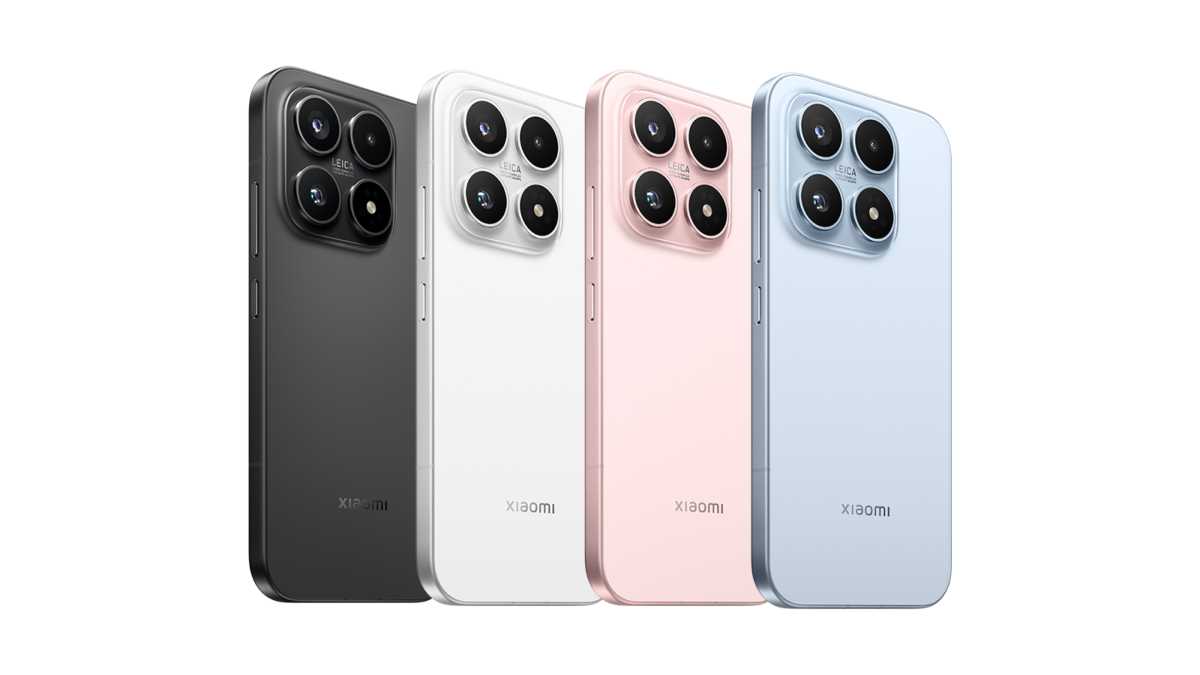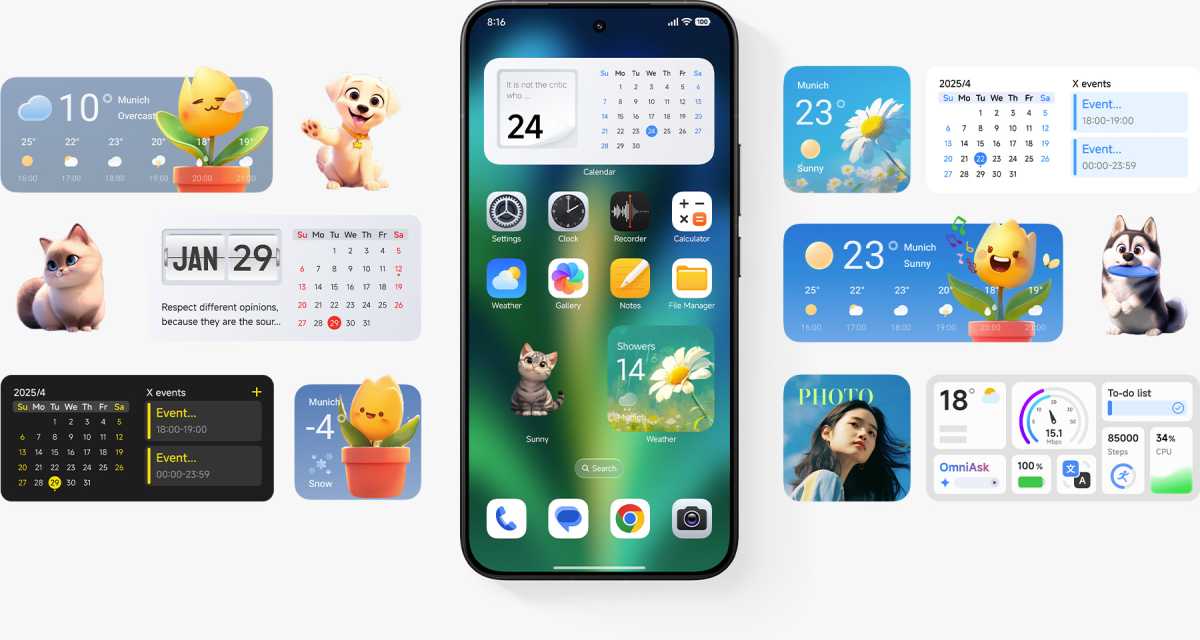Xiaomi. A Chinese tech giant which makes almost every conceivable type of consumer electronics.
One of the leading names in global smartphones, with a market share beaten only by Apple and Samsung.
A company that’s now onto its sixteenth generation of flagship handsets, and the maker of the best camera phone you can buy right now.
If there’s one firm that can take risks and try to stand out from the crowd, it’s Xiaomi. For many years, that’s exactly what it’s been doing, contributing to the rapid progression we’ve seen across the consumer tech industry.
Sadly, with its new Xiaomi 17 series, the company is doing the exact opposite. Not only is it showing few signs of innovation, but it’s also copying another company and not even trying to hide it.
If you read the headline above, you’ll know exactly which one I’m talking about. The Xiaomi 17 series debuted in China just 15 days after Apple launched the iPhone 17 series, and there are far too many similarities for my liking.
Unlucky number 16
If you’re familiar with Chinese phones, the 17 series being the sixteenth generation of Xiaomi flagships won’t come as a big surprise.
After all, the number four is considered unlucky in China, due to its pronunciation in Mandarin and Cantonese sounding similar to the word for “death”. As a result, many Chinese phone makers skip the number four, jumping straight from three to five.
But Xiaomi didn’t do that – indeed, it launched the Xiaomi Mi 4 back in 2014. Instead, it surprised many people by skipping 16 instead, meaning the Xiaomi 17 series is a successor to the Xiaomi 15 series.
Xiaomi
So, was this another decision rooted in culture and tradition? Er…no. In announcing the Xiaomi 17 on Weibo, the company’s Partner and President Lu Weibing said the company is “directly competing with the iPhone in the same generation and at the same level”.
That’s right. Xiaomi skipped a generation just so its flagships could be on the same number as Apple’s iPhone. A bit desperate if you ask me.
But it gets worse.
The Xiaomi 17 series includes three new phones: the Xiaomi 17, 17 Pro and 17 Pro Max. Sound familiar?
Yes, Xiaomi has also decided to copy the naming convention of Apple’s iPhones. Sigh. I genuinely wouldn’t be surprised if we saw a Xiaomi Air next year to take on the iPhone Air.
I believe there are two fundamental flaws with this approach. Firstly, it confuses buyers unnecessarily. Looking for a successor to the excellent Xiaomi 15 Ultra? It might not look like there is one, until you realise that’s what the Xiaomi 17 Pro Max is meant to be.

Chris Martin / Foundry
Secondly, it makes it seem as though Xiaomi 17 phones are an off-brand alternative to the iPhone 17, not rivals that can go head-to-head with Apple.
Clearly, Google has also set its sights on the iPhone, as its recent advert shows. But could you imagine it releasing a Pixel 10 successor known as the Pixel 18, just because Apple is due to launch the iPhone 18? What about Samsung ditching the upcoming Galaxy S26 series in favour of the Galaxy S18?
These companies would be ridiculed for being ‘obsessed’ with Apple, and I think we should hold Xiaomi to the same standards.
New design? Think again
To be fair to Xiaomi, its 17 Pro and Pro Max have something Apple can’t match: a screen on the back. It can be used in a variety of situations, from selfies and music controls to viewing calls and notifications.
However, there’s no denying that the design of these phones has at least been inspired by the iPhone 17 Pro and Pro Max. On all four handsets, the camera bar stretches across the entire top of the back of the device, despite all the lenses being grouped on the left side.

Xiaomi
With identically sized displays (6.3 inches on the Pro, 6.9 inches on the Pro Max), very similar dimensions and rounded corners, the Xiaomi 17 Pro and Pro Max could easily pass for iPhones if you removed the logos on the back.
The base models share some striking similarities as well.

Xiaomi
For me, this homogeneous design language isn’t something to which Xiaomi should be aspiring.
HyperOS? More like iOS-lite
Okay, okay, the naming system and designs are eerily similar, but at least Xiaomi has its unique software, right?
Wrong. Now, fair enough, Xiaomi’s latest HyperOS 3 software is distinctly Android, and probably still has more in common with a Pixel phone than an iPhone.
But the slow creep towards iOS has gathered pace in recent versions. What started out as an Apple-inspired splitting of the notifications and quick settings panels has become a full-blown copy of iPhone software.
Don’t believe me? Take a look at Xiaomi’s official page for HyperOS 3 and see what you notice.
Yes, that is Apple’s Dynamic Island, laughably rebranded as “Xiaomi HyperIsland”. As for its functionality, we’ve seen it all before.
And oh look, new lock screen customisation that’s straight out of the iOS 26 playbook. Even the home screen, which I’ve previously criticised for its basic icon design and garish colour scheme, now looks just like the iPhone – provided you’ve got Liquid Glass turned off.

Xiaomi
I’m not saying that iPhone die-hards could switch to Xiaomi and immediately feel at home – indeed, HyperOS 3 has plenty of features that iOS 26 is missing, and vice versa. But the general look and feel of the software is remarkably similar.
Why is Xiaomi copying the iPhone?
This all begs the question: why is Xiaomi doing this?
The only reasonable explanation is market share. Even in the company’s native China, Xiaomi’s slice of the smartphone pie is less than half of Apple’s (according to StatCounter) and has dropped significantly in the past year.
Meanwhile, Apple is utterly dominant in the US, a market in which Xiaomi isn’t active. Though it’s not unheard of for Chinese brands to release phones in the States, their impact is usually very limited.
A more realistic target, therefore, is Europe, where Xiaomi phones are already widely available. Many would consider this market to be an Apple-Samsung duopoly, though Xiaomi is well ahead of the competition in third place (according to StatCounter).
It’s clear there’s an opportunity for Xiaomi to grow here, and it seems to think the best way of doing that is by becoming the iPhone of the Android world. Samsung, the other market leader, has a distinctly different approach, while even Google’s Pixel phones don’t conform in terms of design or features.
Even if there are logical reasons for Xiaomi to pursue this path, I’m still disappointed. The company has proven time and time again that it can make phones that match or even surpass the iPhone, at least on the hardware side.
I strongly believe that there are alternative methods for growing its market share in markets such as Europe, instead of becoming a pale imitation of a company that many Android users dislike.
I’d hate for Xiaomi’s phones to be known as slightly inferior versions of the iPhone, but if the brand continues down this path, I fear that’ll be an inevitability.










